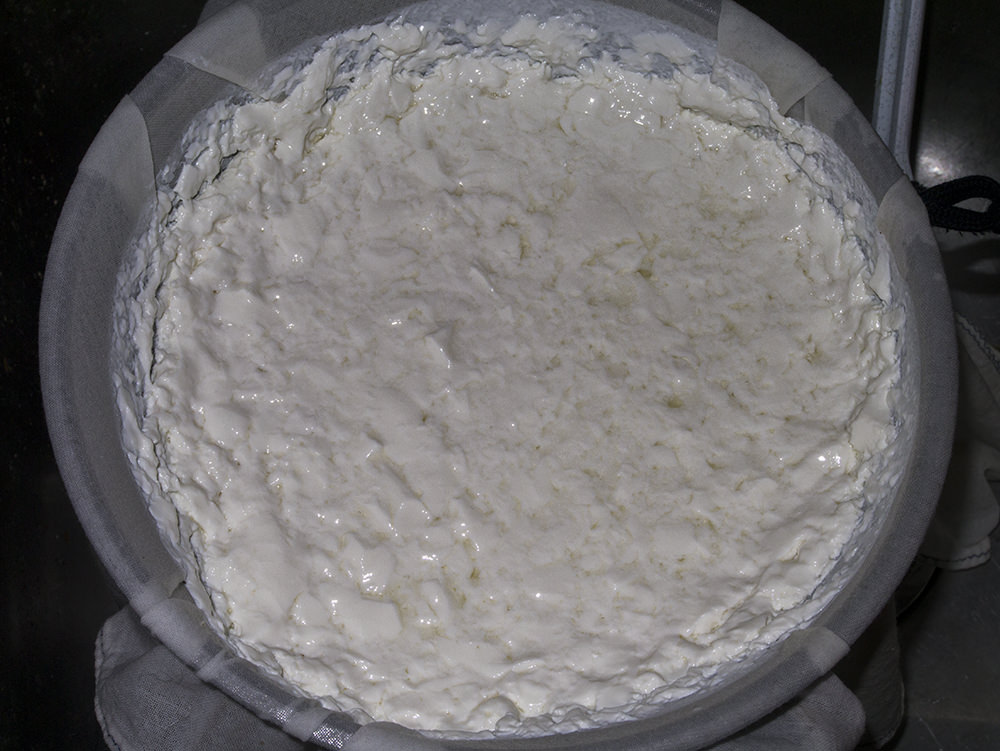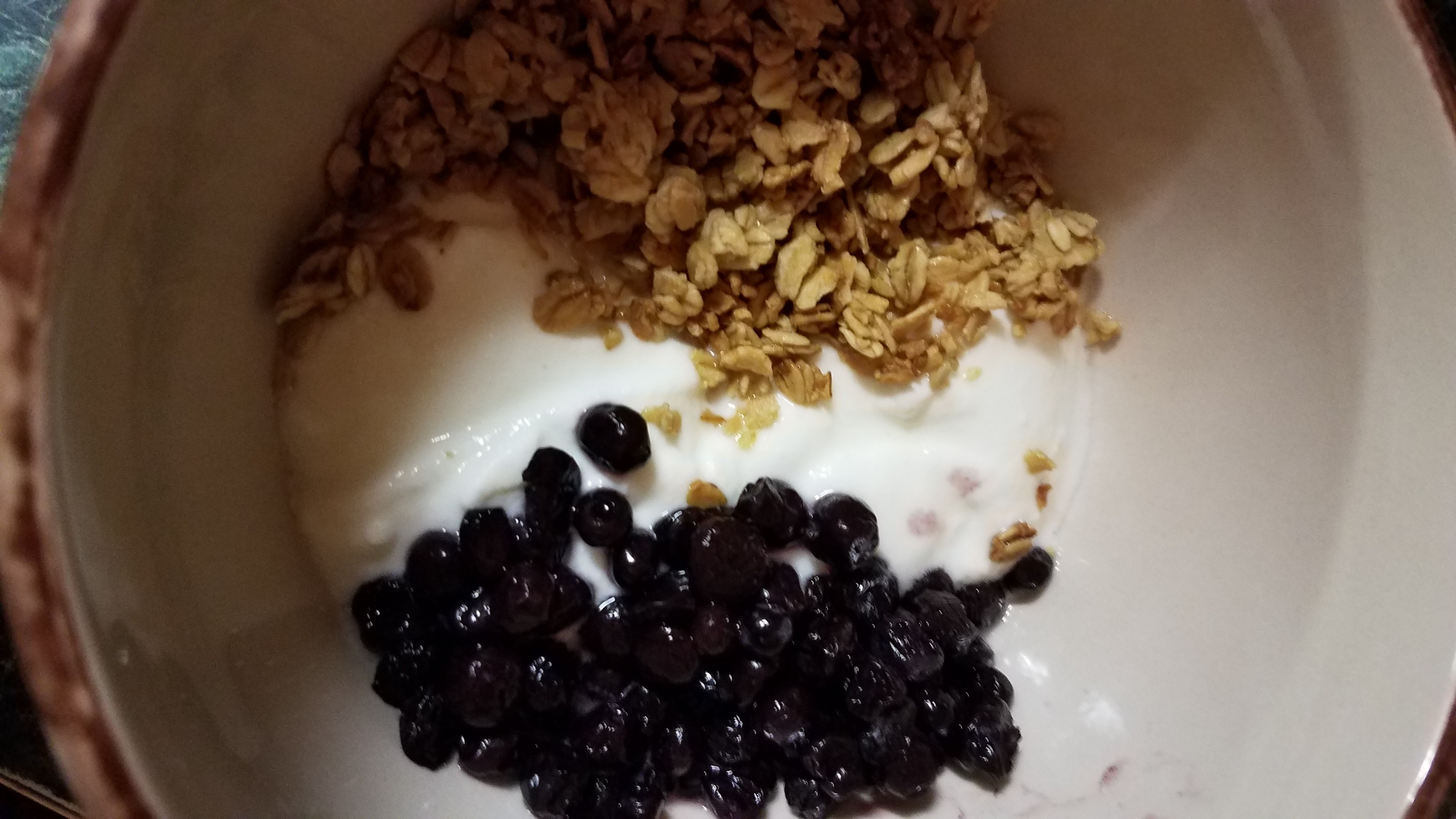I may be wrong - I often am - but I believe the 60 day rule applies to those selling cheese. It's a legal requirement to reduce the possibility of serious, life threatening illness that can come from tainted milk but excluding anyone who is pregnant or whose immune system is compromised, my understanding is that if you can legally buy raw milk from a farm whose herd is certifiably healthy and whose processes are certifiably sanitary then there is no need to pasteurize such milk. The problem comes when dairies (not a single farm with a few dozen animals) mix milk from many herds, and one cow (or goat or sheep) from one herd is sick ...
That 60-day rule applies to imports I think because it's illegal to sell raw milk for human consumption in the US.
I have made cheese from raw milk (I have a local source that sells cow and goat for pets). I heeded the 60-day rule, mostly because it's just part of my cheese timing, not out of health concern. It's awesome for cheesemaking.


























![Craft A Brew - Safale BE-256 Yeast - Fermentis - Belgian Ale Dry Yeast - For Belgian & Strong Ales - Ingredients for Home Brewing - Beer Making Supplies - [3 Pack]](https://m.media-amazon.com/images/I/51bcKEwQmWL._SL500_.jpg)





































